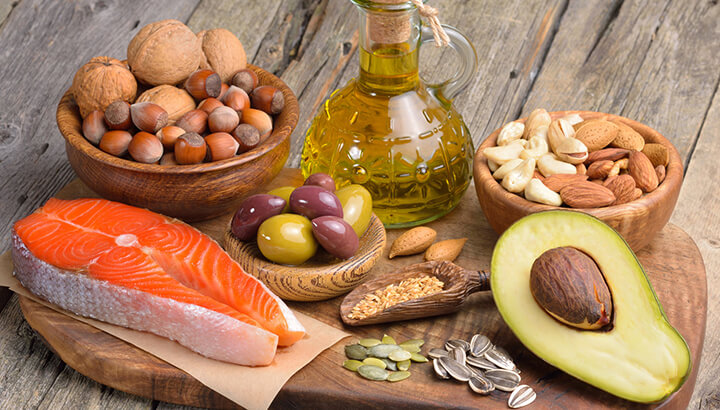In case you’d like to have infinite energy to use when following a ketogenic diet, it is important that you set up your strategy right and stick to it. The ketogenic diet is a high-fat, moderate protein, low carbs nutrition program.
To get in and stay in dietary ketosis your nutrient distribution has to be like this:
- 70-75 % of energy taken from fat
- 15-20 % of energy taken from protein
- 5-10 % of energy taken from carbohydrates
Turning into keto-adapted may take much more than lots of folks believe. Sure, many of the critical processes begin to take hold within the initial 1-3 weeks, but knowledgeable ketogenic enthusiasts can tell you it requires several weeks for your system to be become totally accustomed to this remarkable change in fuel.
What Is Ketosis?
You won’t have enough glucose in your blood if you follow a diet program which drastically controls any carbs you consume. As soon as your fats are broken down, small molecules known as ketone bodies are created, which work as a substitute source of energy.
This condition is called ketosis, which is a natural state your body goes into. Since your brain takes a constant supply of energy, it will shut down in case this alternative fuel source was not produced by your body. You cannot run on ketones forever.
Put simply; ketosis is a metabolic condition in which your system utilizes the breakdown of body fat (ketones) for the primary source of energy rather than using the breakdown of carbs (sugar) as an essential stamina reservoir.
Ketosis was a prime evolutionary edge. We would have been extinct as a species, without our body’s skill to go into ketosis.
Without access to carbs, instead of starving to death without a continuous supply of glucose, ketones were produced by our bodies from stored fat to provide us with energy to the muscle, brain and heart tissues.
How Do You Know You Are In Ketosis?
It is likely to evaluate it by checking blood, urine or breath samples. However, there are a few significant signs which don’t demand any examining.
Seek for a xerostomia, increased peeing, and “keto breath.” This is because of ketone bodies identified as acetone getting out via the breath and could make a person’s breath smell fruity.
Folks shifting from glucose-burning to fat-burning mode can often encounter adverse effects initially, which is known as the “keto-flu.” Its symptoms are tiredness, sickness, severe headaches, cramping pains, just like the flu.
Should You Follow the Ketogenic Diet?
Based on ArxizoDiaita.gr, our Greek source website, the ketogenic diet is challenging to carry out and quite restricted. You have to limit whole grain products, many fruits, as well as veggies, which suggests you’d miss out on a lot of nutrients that are significant.
As the ketogenic diet has its place in therapeutic methods, the plan doesn’t fit the general masses and could have a long-lasting harmful result on people deciding to stick to this eating.
The best way to enter the metabolic condition of ketosis is simply by starting off utilizing a relatively high-fat consumption with smaller amounts of protein.
The fat intake could be reduced, following your body gets into ketosis and the protein consumption might be increased. Bear in mind that keto-adaptation requires a couple of weeks, so have patience!



Leave a Reply
You must be logged in to post a comment.